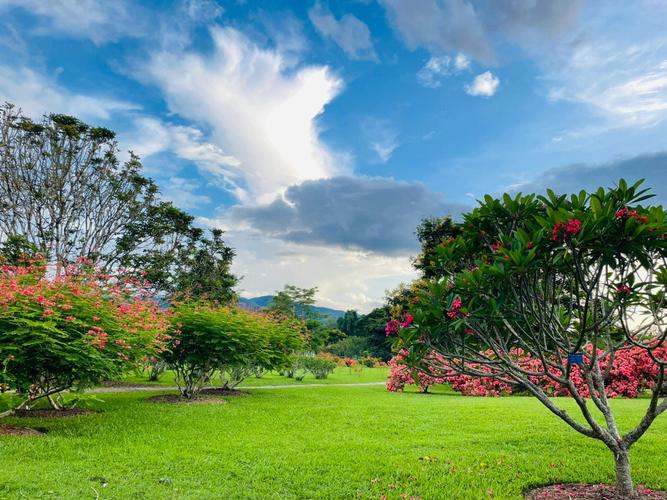The 5 Stages of the Cultural Adaptation Model: A Comprehensive Guide
As the world becomes increasingly global, understanding how to navigate and adapt to different cultures has become an essential skill for professionals. The Cultural Adaptation Model (CAM) is a useful tool for anyone looking to engage and succeed in a new cultural environment.
Stage 1: Honeymoon Stage
The first stage of CAM is the Honeymoon Stage. This is the initial period of excitement and curiosity that often comes with experiencing a new culture. During this stage, individuals tend to be positive, open-minded and curious about the new environment.
However, individuals may also feel a sense of disorientation due to cultural differences and initial challenges in adapting. To overcome this hurdle, it is essential to embrace the unique aspects of the new culture, such as customs, food, and social norms, and maintain a positive outlook.
Stage 2: Culture Shock
Culture Shock is the most challenging stage of cultural adaptation, often marked by feelings of anxiety, frustration, and disorientation. This stage occurs when individuals begin to experience the cultural differences and challenges directly, which may include homesickness, communication barriers, and difficulty making friends in the new culture.
Coping mechanisms such as maintaining a positive attitude, seeking social support, and learning the language and customs of the new culture can help individuals navigate this phase.
Stage 3: Adjustment Stage
The Adjustment Stage is characterized by a growing sense of comfort and familiarity with the new culture. During this stage, individuals adapt to the new environment, learn the language, customs, and norms, and establish meaningful relationships with locals.
This period is an essential stage of cultural adaptation as individuals begin to integrate into the new culture by accepting the changes and challenges that come with it.
Stage 4: Mastery Stage
The Mastery Stage represents a high level of proficiency and fluency in the new culture. During this stage, individuals have fully adapted to the new environment and are comfortable in all aspects of their daily life. At this point, individuals can navigate the culture with relative ease, understand the cultural nuances, and take part in social and professional interactions with confidence.
Stage 5: Reverse Culture Shock
The final stage of cultural adaptation is Reverse Culture Shock. This stage occurs when individuals return to their home culture, having fully immersed themselves in a new culture, and found it challenging to adjust to their previous way of life.
Reverse Culture Shock can be challenging, as individuals have adopted new customs and values, and may find it challenging to reintegrate into their previous lifestyle. To overcome this stage, individuals can seek support from family, friends, and other social networks while maintaining an open-minded attitude towards their previous culture.
In conclusion, the Cultural Adaptation Model is a useful tool for anyone adapting to a new culture. By understanding the five stages and the challenges and opportunities that come with each, individuals can navigate cultural differences with ease and succeed in their personal and professional lives.
(Note: Do you have knowledge or insights to share? Unlock new opportunities and expand your reach by joining our authors team. Click Registration to join us and share your expertise with our readers.)
Speech tips:
Please note that any statements involving politics will not be approved.
